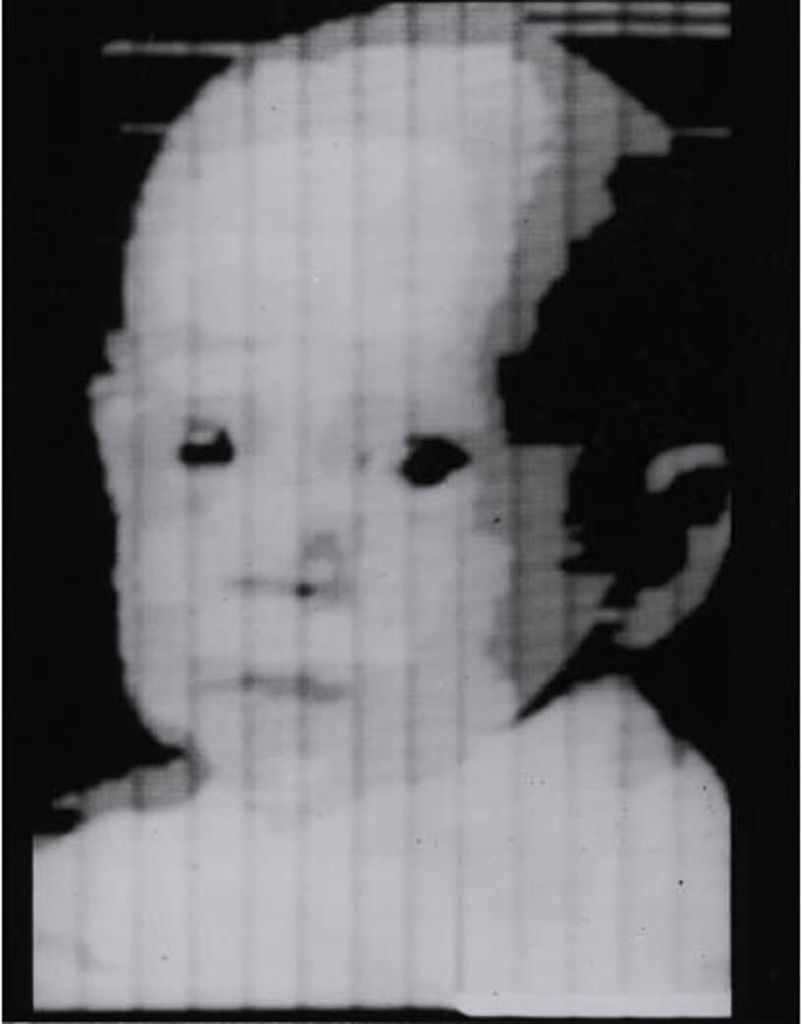Origins of Photography
Camera Obscura

Camera obscura is a dark room with a hole in one wall. When it’s light outside, light shines into the hole and projects an upside-down image of the outside world onto the wall. The image is projected upside down due to light travelling in a straight line through the hole.
Camera obscura built the groundwork for light and optics used in photography. Due to it being a natural phenomenon it makes it hard to pinpoint the exact origins of photography.
Henry Fox Talbot

William Henry Fox Talbot was made the British inventor of photography. Photogenic drawing paper was invented by Henry Fox Talbot in 1834. Silver Nitrate and Sodium Chloride were used to make the light-sensitive Silver Chloride. Before he got into using small wooden cameras, nicknamed mouse-traps by his wife, he made images using plants (he studied plants). Unless it was fixed, the image would fade as fast as it was created. He used Sodium Chloride, Potassium Iodide, and Potassium Bromide for his early fixers. His Early images are very rare and priceless.

Daguerreotype

Daguerreotypes are direct positives, made from copper plated with silver without needing a negative.
The Daguerreotype was not as successful as Talbot’s system because it had serious limitations, the mirror like surface of the image could only be viewed from a narrow angle and the process produced a one of a kind image that did not permit printing duplicates.
George Eastman

George Eastman was born on July 12th 1854. He was an American entrepreneur who introduced the first Kodak camera.
He formed the company Kodak by spending decades developing a camera that was much smaller in size and accessible for everyone to use. He publicly launched the first successful roll-filled hand camera in 1888. Which was known as the Kodak camera.
Kodak (Brownie)

The Brownie was a series of cameras first released in 1900 which were developed by Eastman Kodak. These cameras were so significant as they were the first to allow average middle class people to buy and use them. People would take photographs then return them to Kodak where the images were developed and printed. Kodak would re-fill the film and return the images and camera back to the owner. This created a sustainable system for the general public to create their own images.
Digital Photography
The first digital image was created by Russell Kirsch in 1957.

The image was of Kirsch’s son Walden, the image only measured 176 pixels on a side and was just 5 cm by 5 cm.
The foundation for digital photography was built in 1969 by the Eastman Kodak team. Engineer William Boyle and Physicist George E. Smith created the charge-coupled device (CCD). This enabled electronic images to be captured.
In 1975, Steve Sasson invented the world’s first self- contained digital camera for Kodak, which changed the future of photography. He made the camera using a movie camera lens, a handful of Motorola parts, 16 batteries and some electronic sensors.
William Collie

In Jersey, William Collie was most likely the first to use Fox Talbot’s calotype process. He was from Scotland but had business in Jersey in Belmont road and Bath street from before 1850 to 1878. He held an important position in Britain’s early development of photography but sadly, he isn’t well known and very few of his images are available.

Good progress here…
Feedback is on its way!